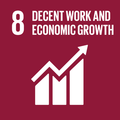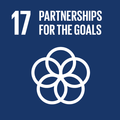Delivering affordable and high-reliability broadband access in rural communities has been a challenge for years. Microsoft’s White Spaces project is changing that.
Using a new approach to wireless broadband called dynamic spectrum access, Microsoft and its partners have built a mobile broadband network that taps into previously unused TV spectrum, also known as TV White Spaces, to establish broadband Internet connections. Using the television frequency allows signals to travel great distances at low cost and without infrastructure requirements.
The rural wireless broadband connections can be powered by solar panels, as demonstrated by their Kenyan pilot project in 2013, making the solution available off grid. This innovative approach to delivering broadband Internet is providing the benefits to some of the most rural and difficult-to-reach areas. The project has helped connect communities in Botswana, Ghana, Namibia, South Africa, Tanzania, The Philippines, Singapore and Jamaica. There’s more information on the project here.
Why you should care
Fixed broadband is still unaffordable for over 3.8 billion people. As more and more wirelessly connected devices come online, new approaches must be developed to bring the internet to more people.
How the Global Goals are addressed

Quality Education
Access to the internet could make a powerful difference to schools and homes around the world, particularly in rural, unconnected areas.

Decent Work and Economic Growth
Providing affordable internet connections to the masses could provide the boost needed for many small companies.

Partnerships for the Goals
Partnerships such as this help with the North-South transfer of digital technologies to rural communities that can benefit most from them.


